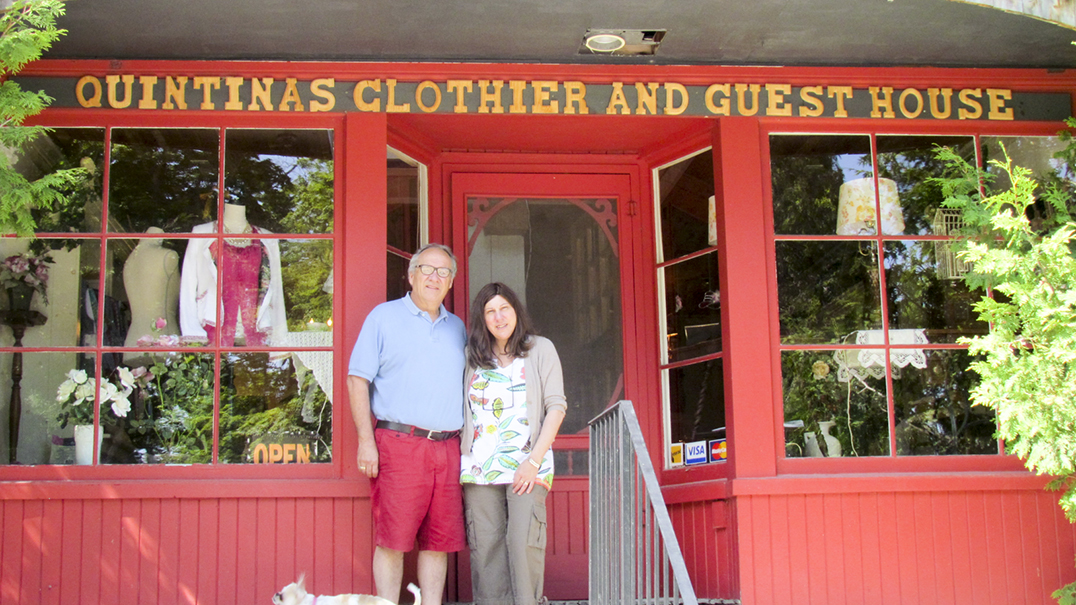Hay yields
Hay yields reported have been quite variable. Recent rainfall is improving new seedings and second cut regrowth. It will increase yields of the remaining first cut but at the expense of more advanced maturity with reduced quality. Operating equipment on soft, wet soils before they are firm enough can result in permanent wheel traffic damage to alfalfa crowns. Remove large hay bales from the field as quickly as possible to protect them from wicking action from the ground. Minimizing tractor and wagon traffic before regrowth occurs prevents crown damage and subsequent yield loss. Watch hay storage for heating particularly hay that is baled at too high moisture. Heating and additional moisture results from the respiration and rapid growth of mold and bacteria. If the moisture and heat can’t dissipate, high temperatures and more moisture keep building. Even low amounts of heating can result in dusty hay with reduced feed quality and palatability. If severe, heating can result in a barn or outside storage fire. The critical time for spontaneous combustion is usually two to three weeks after the hay is stored. If you detect a slight caramel odour or a distinct musty smell, chances are you have a problem.
Fertilizing with nitrogen
Fertilizing pastures with nitrogen is one of the easiest ways to increase productivity. There are a few questions you should ask yourself before purchasing nitrogen fertilizer. Can you manage more grass: With warm weather there will be rapid grass growth that will need to be managed. Do you have enough livestock and the fencing that will allow you to manage this growth? If you can rotate livestock from pasture to pasture, then you have the main requirement for taking the best advantage of the grass growth and optimizing its use. Legumes provide nitrogen: If the pasture has greater than 35 percent legume in it, there will likely be adequate nitrogen produced by the legumes to meet the requirements of the grasses. When estimating the amount of legume, keep in mind that there needs to be an even distribution of the legumes across the pastures. Legume plants are often more visible than the grass plants in the stand. As producers, we often overestimate the amount of legume present. Take a careful look. You could even hand harvest a small square sample and then separate the grasses and the legumes to see how much of each are actually present. Nitrogen application – rate and timing: Grass responds very well to nitrogen fertilization, provided there is a reasonable level of phosphorous and potassium available in the soil. You will see a response to nitrogen about two weeks after application, and this increased growth will carry on for about five to six weeks. To get an economic response to nitrogen, a minimum of 40 lbs per acre of actual nitrogen should be applied. Because of the high solubility of nitrogen, a maximum application rate of 75 lbs per acre is suggested. If you have a very productive pasture that you want to put on more nitrogen, then increase the number of applications. Timing of application will depend on a number of factors, but mid-June will generally give the optimum results. By mid-June, the lush spring growth will have slowed and the nitrogen will give the grass another boost. Once we are into July the risk of not getting enough rainfall to take the nitrogen into the root zone is a concern. The other consideration is that grass growth may slow in the heat of the summer, especially if there is a shortage of moisture.




